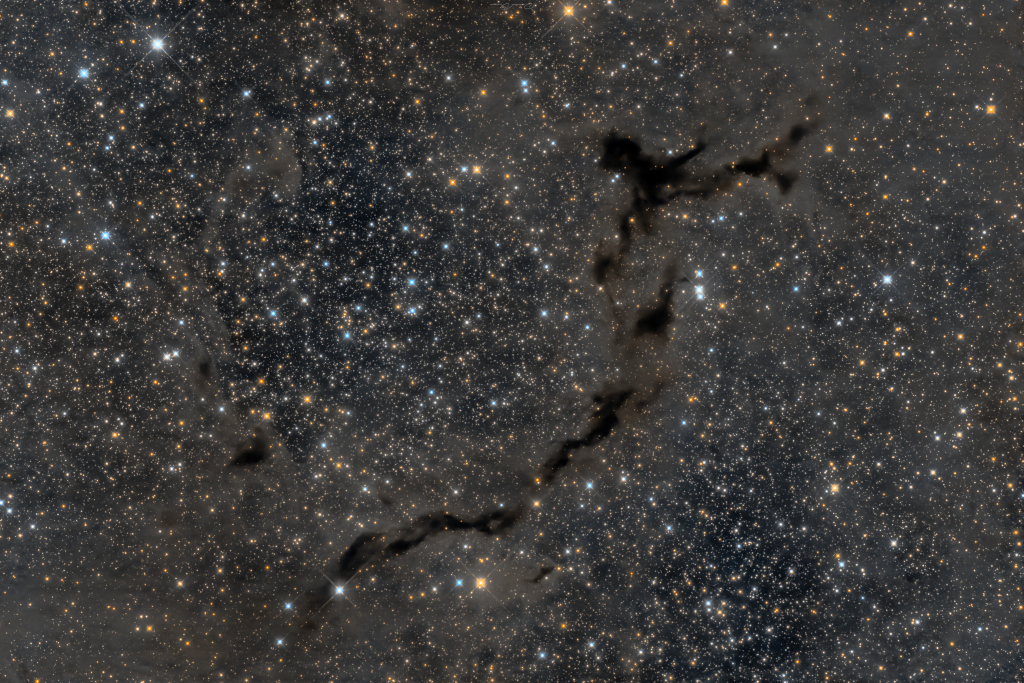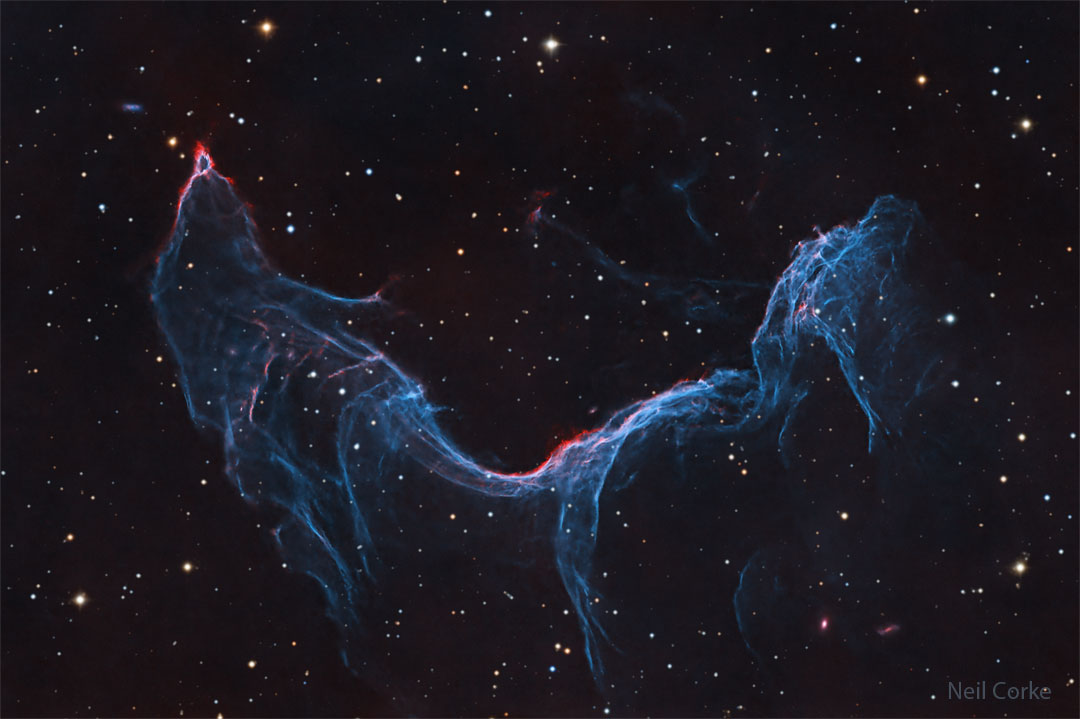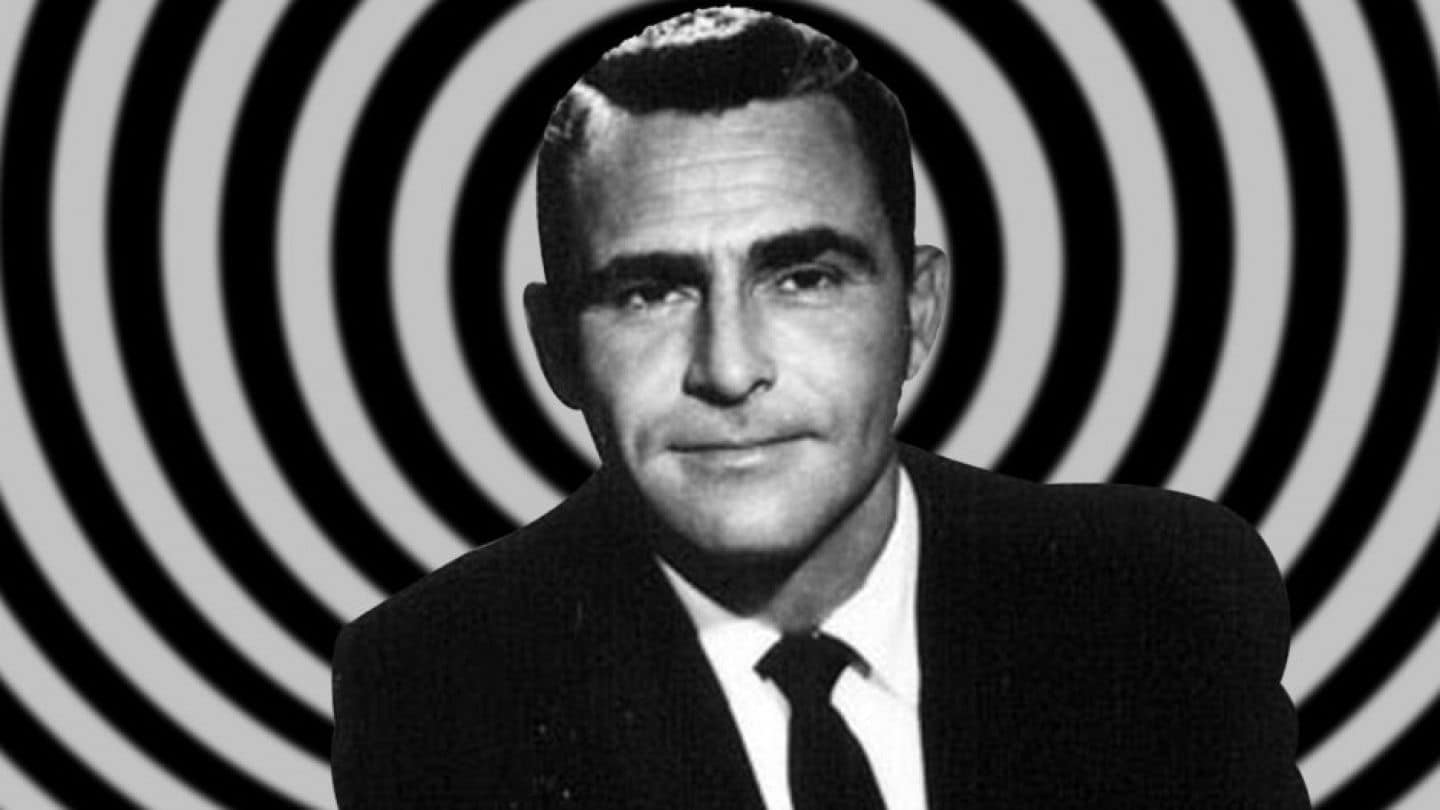Blog
Leroy Eliot “Slam” Stewart (September 21, 1914 – December 10, 1987 Englewood, NJ) was an American jazz double bass player, whose trademark style was his ability to bow the bass (arco) and simultaneously hum or sing an octave higher. He was a violinist before switching to bass at the age of 20.
Stewart found regular session work throughout the 1940s with Lester Young, Fats Waller, Coleman Hawkins, Erroll Garner, Art Tatum, Johnny Guarnieri, Red Norvo, Don Byas, Benny Goodman, and Beryl Booker. One of the most famous sessions he played on took place in 1945, when Stewart played with Dizzy Gillespie‘s group (which featured Charlie Parker). Out of those sessions came some of the classics of bebopsuch as “Groovin’ High” and “Dizzy Atmosphere“.
He taught at Binghamton University in Binghamton, New York, and at Yale University. He died of congestive heart failure on December 10, 1987, in Binghamton, aged 73.
more...Mt Zion Shabbat for the Soul Friday September 20th 2024 630pm with Jennifer Truss-Klien, Tami Morse and mick laBriola.
more...The Seahorse Nebula floats in silhouette against a rich, luminous background of stars. Seen toward the royal northern constellation of Cepheus, the dusty, dark nebula is part of a Milky Way molecular cloud some 1,200 light-years distant. It is also listed as Barnard 150 (B150), one of 182 dark markings of the sky cataloged in the early 20th century by astronomer E. E. Barnard. Packs of low mass stars are forming within, but their collapsing cores are only visible at long infrared wavelengths. Still, the colorful Milky Way stars of Cepheus add to this stunning galactic skyscape.

more...
Billy Bang (September 20, 1947 – April 11, 2011), born William Vincent Walker, was an American free jazz violinist and composer.
He later joined Sun Ra‘s band. In 1977, Bang co-founded the String Trio of New York (with guitarist James Emery and double bassist John Lindberg). Bang explored his experience in Vietnam in two albums: Vietnam: The Aftermath (2001) and Vietnam: Reflections (2005), recorded with a band which included several other veterans of that war. The latter album also features two Vietnamese musicians based in the United States (voice and đàn tranh zither).
The film Billy Bang Lucky Man documents his return to Vietnam in 2008 to collaborate with Vietnamese musicians and come to terms with his experiences in the war. A soundtrack album was released in 2021.
more...
Keith Moore “Red” Mitchell (September 20, 1927 – November 8, 1992 NY,NY) was an American jazz double-bassist, composer, lyricist, and poet.
Mitchell performed and/or recorded with Mundell Lowe, Chubby Jackson, Charlie Ventura, Woody Herman, Red Norvo, Gerry Mulligan, and, after joining the West Coast jazz scene in the early 1950s, with André Previn, Shelly Manne, Hampton Hawes, Billie Holiday, Stan Seltzer, Ornette Coleman, and others such as Mahalia Jackson. He also worked as a bassist in television and film studios around Los Angeles, occasionally appearing on screen. Mitchell also appeared in documentaries about Tal Farlow and Zoot Sims.
Saxophonist Harold Land and Mitchell founded and co-led a quintet in the early 1960s.
Mitchell moved to Stockholm in 1968. He won Sweden’s Grammis Award in 1986 and again in 1991, for his recorded performances as a pianist, bassist, and vocalist, and for his compositions and poetic song lyrics.
more...Elvira Louise Redd (September 20, 1928 – February 6, 2022) was an American jazzalto saxophone player, vocalist and educator. She was active from the early 1950s and was known primarily for playing in the blues style. She was highly regarded as an accomplished veteran, and performed with Count Basie, Rahsaan Roland Kirk, Linda Hopkins, Marian McPartland and Dizzy Gillespie.
Redd was born on September 20, 1928, in Los Angeles, California, the daughter of New Orleans jazz drummer and Clef Club co-founder Alton Redd and Mattie Redd (née Thomas). Her mother played saxophone, although not professionally, and her brother was a percussionist. She was deeply influenced during her formative years by her father, who was one of the leading figures on the Central Avenue jazz scene. Another important musical mentor was her paternal great aunt Alma Hightower, who convinced the 10-year-old Redd to switch from piano to saxophone. During junior high school, Redd played alto saxophone in a band with Melba Liston and Dexter Gordon.
more...Foreststorn “Chico” Hamilton (September 20, 1921 – November 25, 2013 LA,CA) was an American jazz drummer and bandleader. He came to prominence as sideman for Lester Young, Gerry Mulligan, Count Basie, and Lena Horne. Hamilton became a bandleader, first with a quintet featuring the cello as a lead instrument, an unusual choice for a jazz band in the 1950s, and subsequently leading bands that performed cool jazz, post bop, and jazz fusion.
Foreststorn Hamilton was born in Los Angeles, California, one of three brothers, one of whom was actor Bernie Hamilton.
Hamilton started his career in a band with Charles Mingus, Illinois Jacquet, Ernie Royal, Dexter Gordon, Buddy Collette and Jack Kelso before he had finished high school.Engagements with Lionel Hampton, Slim & Slam, T-Bone Walker, Lester Young, Count Basie, Duke Ellington, Charlie Barnet, Billy Eckstine, Nat King Cole, Sammy Davis Jr., Billie Holiday, Gerry Mulligan and Lena Horne established his career.
more...Zapateado as an instrumental flamenco music form is said to have the polyrhythm of 3/4, 2/4, 6/8… This reminds us of another polyrhythmic flamenco style: Tanguillos, ‘little tangos’ from Cadiz. One of the old Zapateado music pieces was actually called Zapateado de Cadiz, which was danced by historic Spanish dancers such as Josefa Varga in 1840’s. In that era, however, the dance style must have been rather close to ballet. How should Zapateado be danced now? Polyrhythm is a format of mixed rhythm, hence incites experiments with rhythms. Not having a singer, how can we make the instrumental music more interesting and decorative? By percussion. In this way, it was completely fine that Lucero Tena performed Zapateado with castanets. The important thing is, despite the name, the percussive sound is rather supplementary, not essential, for the music of Zapateado, because those music pieces are already beautiful without.
New stars are born from the remnants of dead stars. The gaseous remnant of the gravitational collapse and subsequent death of a very massive star in our Milky Way created the G296.5+10.0 supernova remnant, of which the featured Mermaid Nebula is part. Also known as the Betta Fish Nebula, the Mermaid Nebula makes up part of an unusual subclass of supernova remnants that are two-sided and nearly circular. Originally discovered in X-rays, the filamentary nebula is a frequently studied source also in radio and gamma-ray light. The blue color visible here originates from doubly ionized oxygen (OIII), while the deep red is emitted by hydrogen gas. The nebula’s mermaid-likeshape has proven to be useful for measurements of the interstellar magnetic field. 190,000ly

David Bromberg (born September 19, 1945 Philadelphia, PA) is an American multi-instrumentalist, singer, and songwriter. An eclectic artist, Bromberg plays bluegrass, blues, folk, jazz, country and western, and rock and roll. He is known for his quirky, humorous lyrics, and the ability to play rhythm and lead guitar at the same time.
Bromberg has played with many famous musicians, including Jerry Jeff Walker, Willie Nelson, Jorma Kaukonen, Jerry Garcia, Rusty Evans (The Deep) and Bob Dylan. He co-wrote the song “The Holdup” with George Harrison, who played on Bromberg’s self-titled 1972 album. In 2008, he was nominated for a Grammy Award. Bromberg is known for his fingerpicking style that he learned from Reverend Gary Davis.
more...Ellen Naomi Cohen (September 19, 1941 – July 29, 1974 Baltimore, MD), known professionally as Cass Elliot, was an American singer. She was also known as “Mama Cass“, a name she reportedly disliked. Elliot was a member of the singing group the Mamas & the Papas. After the group broke up, she released five solo albums. Elliot received the Grammy Award for Best Contemporary (R&R) Performance for “Monday, Monday” (1967). In 1998, she was posthumously inducted into the Rock and Roll Hall of Fame for her work with the Mamas & the Papas.
Elliot left that party at 8:00 p.m. on Sunday, July 28 1973 , saying she was tired and needed to get some sleep.
Elliot retired to an apartment in Mayfair at Flat 12, 9 Curzon Place (later Curzon Square), Shepherd Market, Mayfair, London, owned by singer-songwriter Harry Nilsson who allowed her to stay there. Several hours after Elliot left Jack Martin’s cocktail party, she died in her sleep at age 32. Her body was discovered by a close friend of hers who went to check on her. According to Keith Simpson, who conducted her autopsy, she died of a heart attack, and there were no drugs in her system. Four years later, Keith Moon, drummer for The Who, died in the same bedroom, also aged 32 years.
more...Muhal Richard Abrams (born Richard Lewis Abrams; September 19, 1930 – October 29, 2017 Chicago) was an American educator, administrator, composer, arranger, clarinetist, cellist, and jazz pianist in the free jazz medium. He recorded and toured the United States, Canada and Europe with his orchestra, sextet, quartet, duo, and as a solo pianist.
Abrams started out “playing all kinds of gigs – blues, jazz, stage shows, rhythm and blues, and church socials.” His musical abilities earned him jobs working with “everyone from Dexter Gordon and Max Roach to Ruth Brown and Woody Shaw.”
In the mid-1950s, Abrams was becoming better known as both a pianist and a composer. A strong influence on his direction as a pianist at that time was King Fleming, for whom Abrams also composed and arranged. Another local man, William E. Jackson, helped Abrams develop his arranging and orchestration skills. Abrams co-founded a quintet named the MJT+3, and recorded with them in 1957, resulting in Daddy-O Presents MJT+3, which contained several of his compositions. Abrams also became more involved in investigating the “occult arts” around 1959 or 1960, and joined the Rosicrucians.
more...Cora “Lovie” Austin (September 19, 1887 – July 8, 1972) was an American Chicago bandleader, session musician, composer, singer, and arranger during the 1920s classic blues era. She and Lil Hardin Armstrong are often ranked as two of the best female jazz blues piano players of the period.
She was born Cora Taylor in Chattanooga, Tennessee. Lovie grew up with eight brothers and sisters. She took the name Cora Calhoun in her teens from an early marriage; she was married for a short time to a movie house operator in Detroit and then later married a vaudeville performer, Phillip Austin. She studied music theory at Roger Williams University in Nashville, and Knoxville College in Knoxville, Tennessee, which was uncommon for African American women and jazz musicians alike during the time.
more...
More Posts
- World Music with Odpoczno
- Daily Roots with Ras Tweed
- The Cosmos with M8
- Johnny “Big Moose” Walker Day
- Elmo Hope Day
- Shad Collins Day
- World Music with Eleftheria Arvanitaki
- Daily Roots with Israel Vibration
- The Cosmos with NGC 1187
- Reggie Workman Day
- Big Bill Broonzy Day
- World Music with Very Be Careful
- Daily Roots with Uwe Banton
- The Cosmos with M20
- Joe Chambers Day
- Clifton Chenier Day
- Johnny Smith Day
- World Music with Haig Yazdjian
- Daily Roots with Peter Tosh
- Your Community Band 6-24-18 2pm
